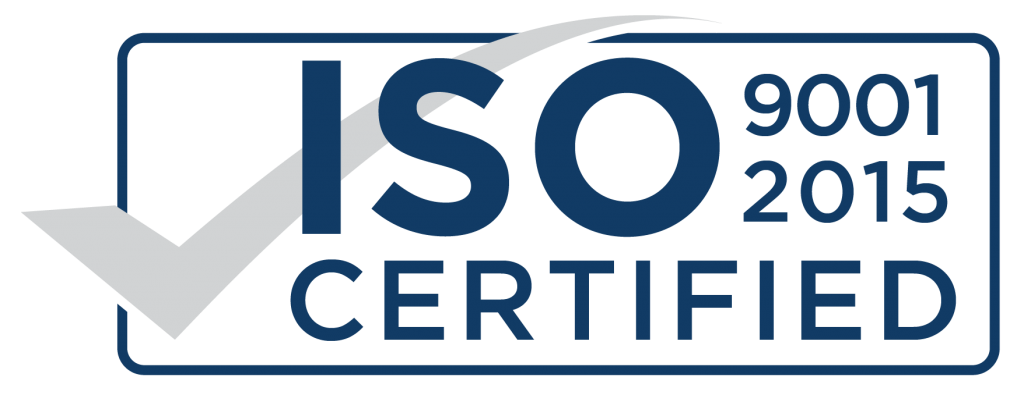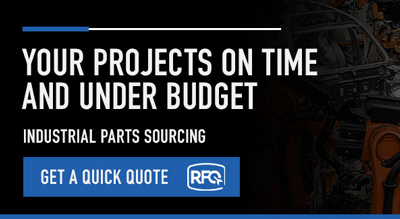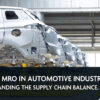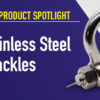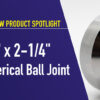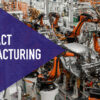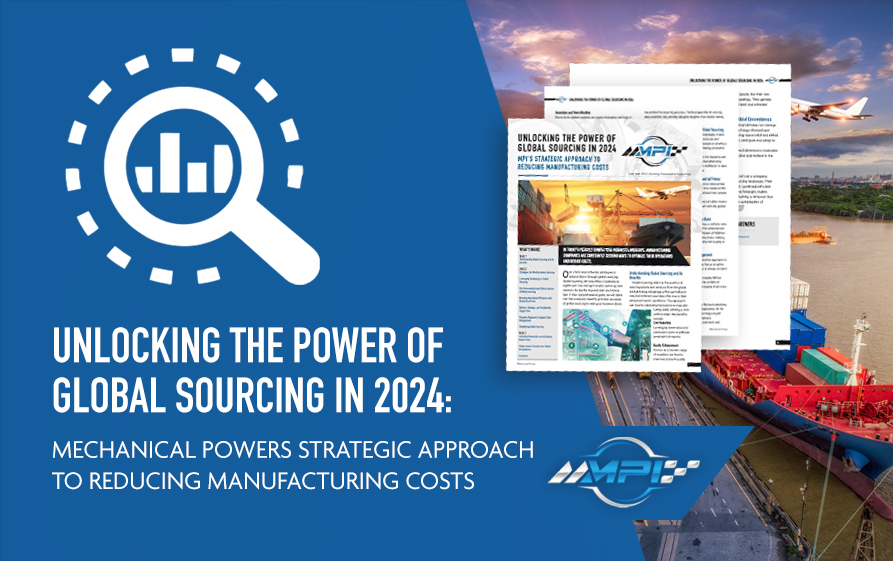Here’s what we’ll cover:
Introduction
Interview with a Senior Procurement Professional
Your Sourcing Partner
Conclusions
Introduction
In today’s fast-paced and margin-sensitive industrial landscape, procurement professionals face the constant challenge of reducing costs while maintaining quality, lead times, and supplier reliability. As global supply chains shift and tariffs fluctuate, strategic sourcing has become more critical than ever.
To gain real-world insight into what drives successful purchasing decisions, we interviewed a seasoned Director of Purchasing from a leading manufacturer in the Lawn and Garden Equipment Industry.
With extensive experience in supplier management and cost optimization, this expert offers a candid look at the evolving challenges and practical solutions shaping modern procurement.
This discussion is designed for sourcing professionals, operations managers, and distributors looking to:
Implement cost-saving sourcing strategies
Evaluate suppliers more effectively
Leverage modern procurement tools and technology
Overcome common challenges in global sourcing
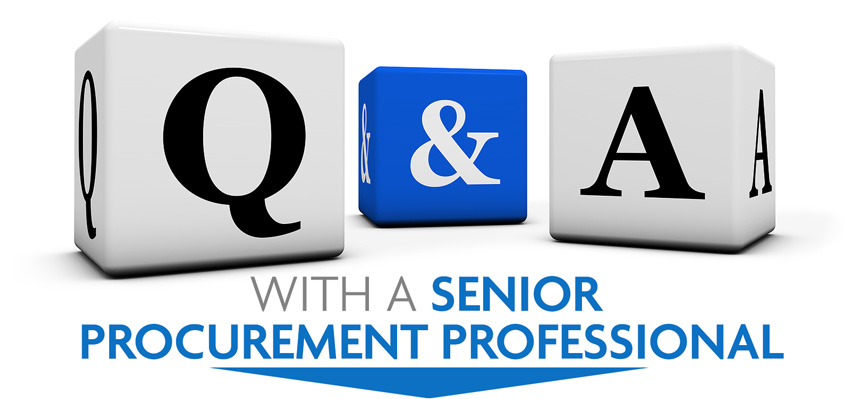
When sourcing industrial parts, what typically carries the most weight for you — cost, quality, lead time, or supplier reliability? How do you find the right balance between them?
When evaluating new suppliers, quality and price are usually our first considerations. Many of our components are intricate, so it’s not always easy to find manufacturers that meet our quality standards. Once quality is verified, we assess pricing. Ultimately, all factors—cost, quality, lead time, and reliability—must balance.
A supplier may offer excellent pricing, but if they’re unreliable or slow to communicate, the partnership suffers. We’re often willing to pay a little more for suppliers that provide stable lead times and are responsive while maintaining consistent quality.
What does your process for evaluating or approving new suppliers look like?
We start by visiting the manufacturer, touring their facility, and meeting key personnel to understand their capabilities and culture. We often reach out to their existing customers to gather feedback on performance, responsiveness, and reliability.
Our “must-haves” include reasonable lead times, strong capacity, competitive pricing, good communication, and ideally, a regional location that aligns with our logistics strategy.
What tends to drive costs the most in your sourcing operations, and how do you try to minimize those challenges?
Tariffs are a major challenge. Even with added costs, imported parts often remain more cost-effective than domestic alternatives. However, the uncertainty of tariff changes makes it difficult to plan long term.
Raw material pricing—especially aluminum and stainless steel—is another significant cost driver. Since material price hikes affect both domestic and overseas suppliers, mitigation options are limited. In most cases, we focus on supplier consistency and minimizing disruptions rather than switching sources for short-term savings.
How do you usually compare total costs between parts or vendors — do you look beyond price to include things like freight, quality, or reliability?
We begin with unit cost and tariffs. If the price isn’t competitive, we typically don’t go further. Quality and reliability are reviewed only when an issue arises. Because we don’t have full incoming quality control on every part, we depend on our suppliers to deliver right the first time.
Freight costs are usually minor, but for larger or heavier components, we factor them into our cost analysis—especially when local delivery options offer savings.
Are there any tools or systems that help you make smarter buying decisions?
We use an ERP system (Syteline) and a purchase order collaboration platform (SourceDay). The latter has been a game changer—it provides better visibility, faster communication, and improved supplier accountability.
Is vendor consolidation something you focus on to save costs?
Not as much as I’d like, but it’s on the roadmap. Our supply base is large and geographically diverse. Consolidation would definitely help streamline operations, reduce administrative overhead, and likely deliver measurable cost savings.
What process improvements could make supplier collaboration more efficient?
Internally, standardized spec sheets for components would make quoting and sourcing far more efficient by reducing reliance on engineering teams.
From the supplier side, advanced shipment notices (ASNs) would be a major improvement—offering better visibility into inbound materials and reducing surprises in the supply chain.
Mechanical Power Inc. (MPI): Your Sourcing Partner
Mechanical Power Inc. (MPI) helps manufacturers and distributors optimize sourcing through:
Global supplier networks delivering cost-competitive pricing
ISO/IATF-certified manufacturing partners
U.S.-based warehousing for just-in-time delivery
Custom-engineered components from castings, forgings and CNC
Strategic inventory programs that reduce total cost of ownership
MPI partners with procurement professionals to streamline operations, mitigate risk, and improve profitability across global supply chains.
Conclusion
This conversation reinforces that successful procurement isn’t about chasing the lowest price—it’s about balancing cost, quality, and reliability within a stable, transparent supplier network.
The insights shared by this purchasing professional highlight the value of proactive supplier relationships, data-driven tools, and strategic sourcing practices that transform procurement from a cost center into a growth driver.
Stay tuned for more industry insights from manufacturing and supply chain leaders who are reshaping the way modern procurement works.
How Can MPI Help You?
We can supply all of your sourcing needs.
Click the RFQ button, email us at [email protected]
or call us at 847.487.0070 for more information.
Tell us what you need and we will save you time and money.

